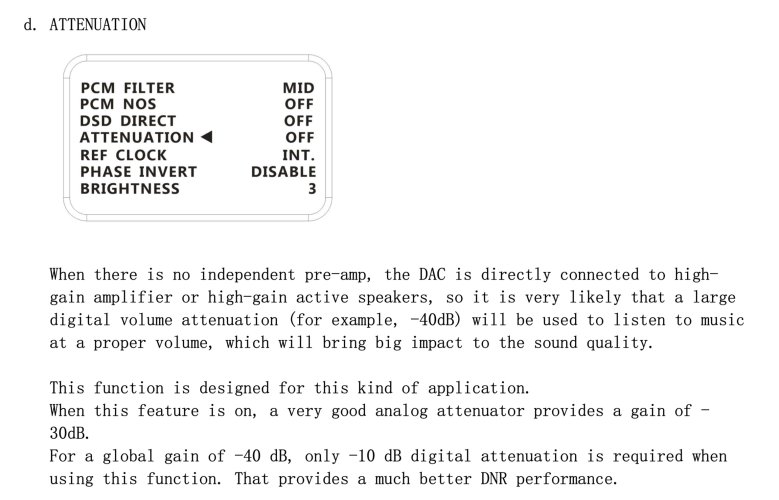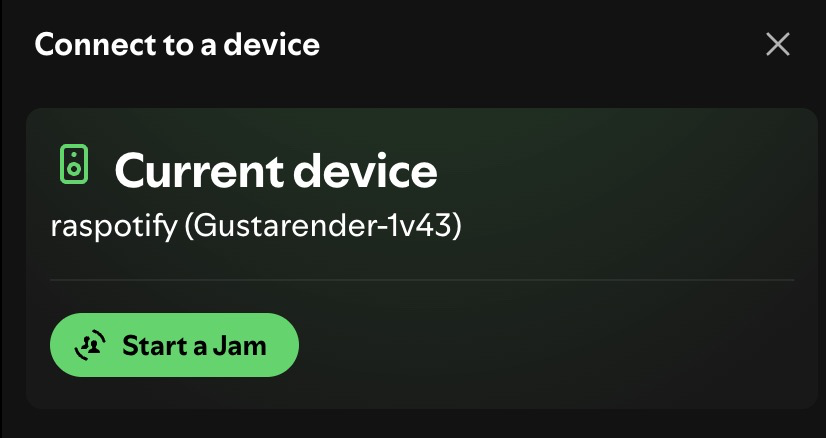Deleeh
Headphoneus Supremus
Hello,
Today my Cat 6 Sftp copper cable arrived for the Fmc boxes.
The cable is meant for the bad side, logically.
The cable itself is nothing special, it is supposed to be 100% copper and is double shielded and is also a noname product for the server industry.
There is nothing more to it, and it cost just under 13€/$.
For the first hour, compared to the Cat cable I used before, where I don't know exactly which Cat version it is, it is noticeably better.
The somewhat masked (dark) has disappeared, and certain areas are subtly wider and punchier, a little fuller and a little more quiet over the Fmc boxes.
But it is much more in the subtle range, no quantum leaps.
When I do an A/B test between the two cables old/new.



It seems that what others have said that a Cat 6 really brings something, I would not have thought that it is noticeably better and also feels that way.
@Gabbo
Someone here on the forum had a similar problem and solved it themselves I think.
Would have the unit replaced if you have such problems and not do it yourself or spend even more unnecessary money on insulators and so on.As you are still probably within the return/exchange right.
You can still spend money on insulators if the second unit would still be afflicted with it.
Then you might have a problem in the house or when connecting the unit like power strip ect....
The coil whine is not normal.most here have had very few problems with their supplied unit.
I am not surprised that you get a sarcastic response to ASR and it is not very helpful in that regard.
It is better for your nerves to avoid going there.
Today my Cat 6 Sftp copper cable arrived for the Fmc boxes.
The cable is meant for the bad side, logically.
The cable itself is nothing special, it is supposed to be 100% copper and is double shielded and is also a noname product for the server industry.
There is nothing more to it, and it cost just under 13€/$.
For the first hour, compared to the Cat cable I used before, where I don't know exactly which Cat version it is, it is noticeably better.
The somewhat masked (dark) has disappeared, and certain areas are subtly wider and punchier, a little fuller and a little more quiet over the Fmc boxes.
But it is much more in the subtle range, no quantum leaps.
When I do an A/B test between the two cables old/new.




It seems that what others have said that a Cat 6 really brings something, I would not have thought that it is noticeably better and also feels that way.
@Gabbo
Someone here on the forum had a similar problem and solved it themselves I think.
Would have the unit replaced if you have such problems and not do it yourself or spend even more unnecessary money on insulators and so on.As you are still probably within the return/exchange right.
You can still spend money on insulators if the second unit would still be afflicted with it.
Then you might have a problem in the house or when connecting the unit like power strip ect....
The coil whine is not normal.most here have had very few problems with their supplied unit.
I am not surprised that you get a sarcastic response to ASR and it is not very helpful in that regard.
It is better for your nerves to avoid going there.


























